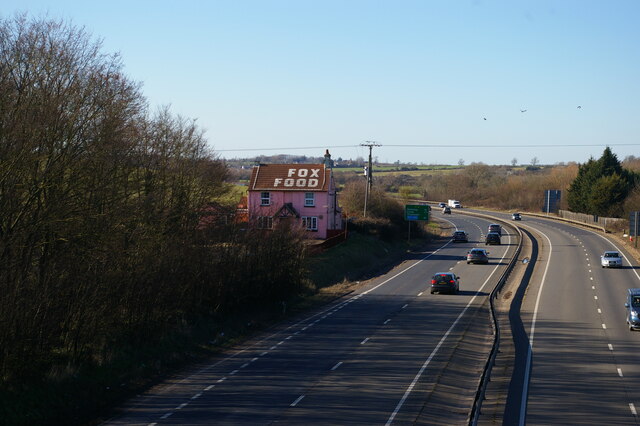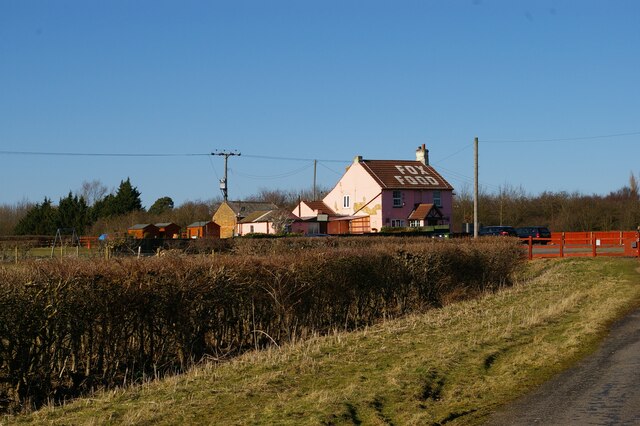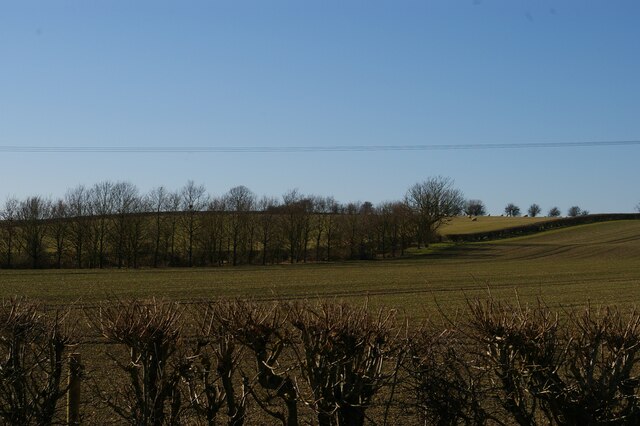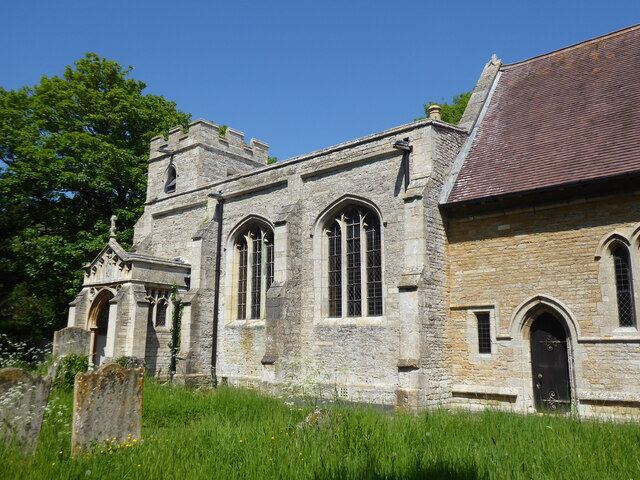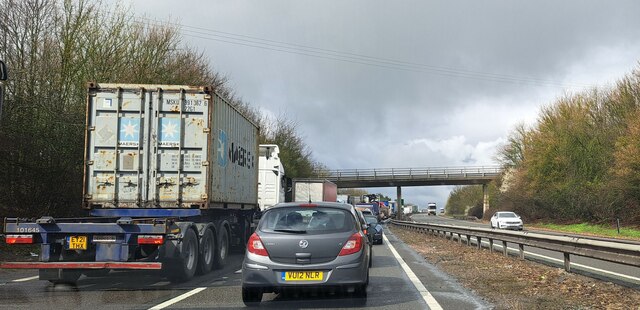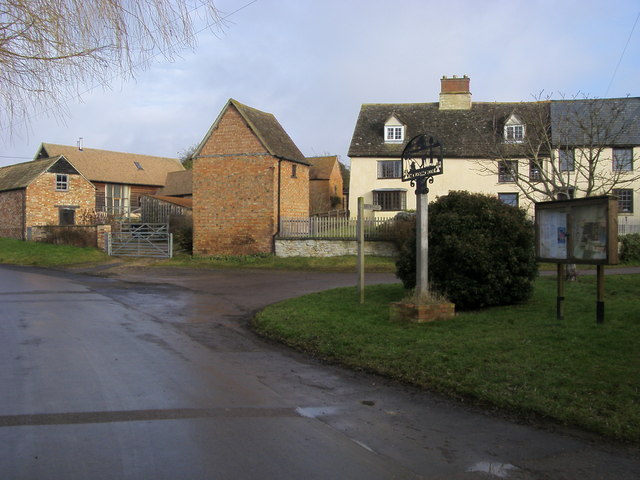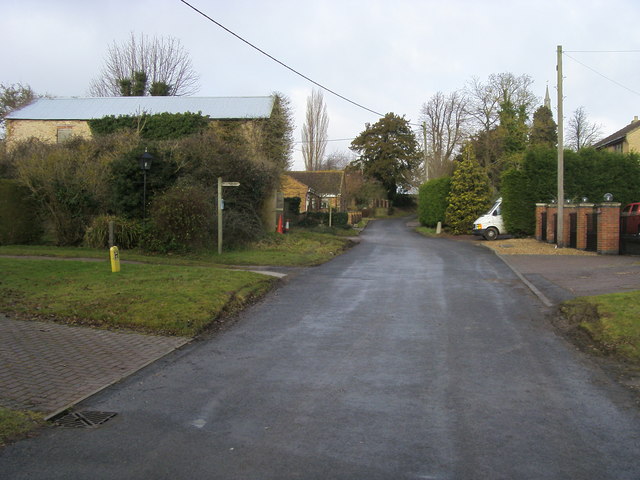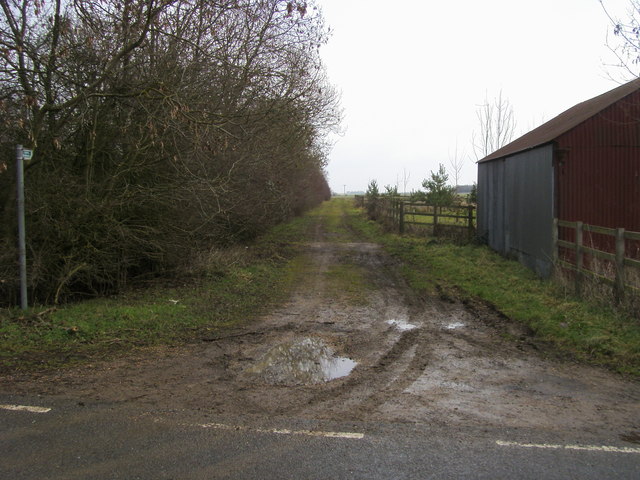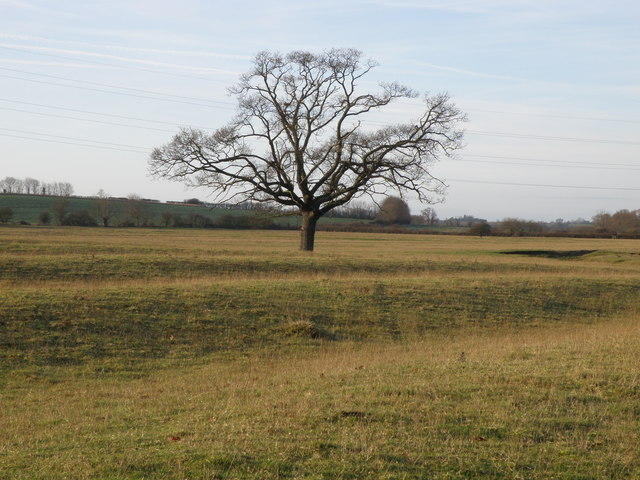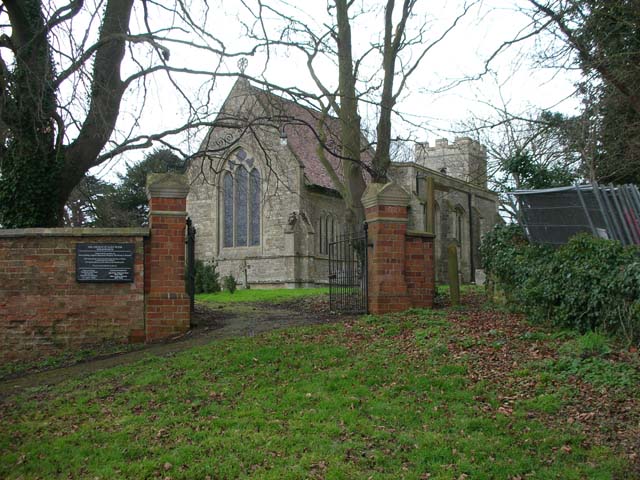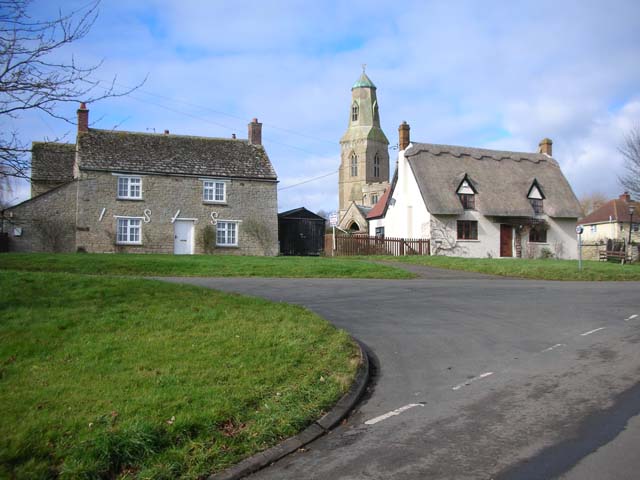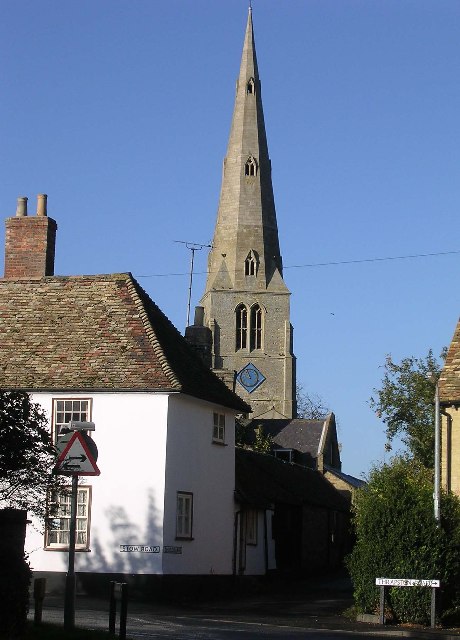Molesworth
Settlement in Huntingdonshire Huntingdonshire
England
Molesworth
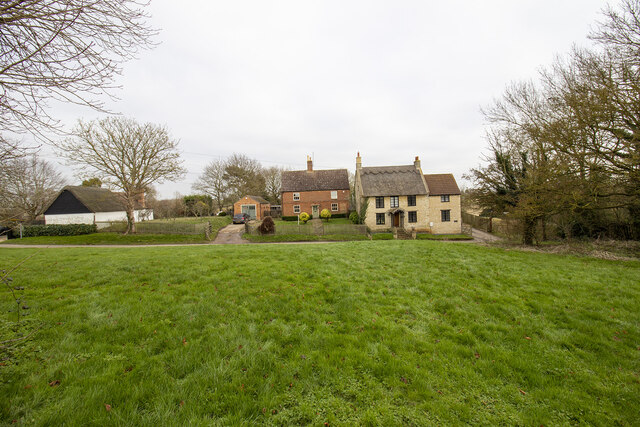
Molesworth is a small village located in Huntingdonshire, a historic county in the eastern part of England. Situated approximately 15 miles northwest of the county town of Huntingdon, Molesworth is nestled amidst picturesque countryside and offers a tranquil and idyllic setting.
The village itself is home to a close-knit community, with a population of around 300 residents. Molesworth is characterized by its charming thatched-roof cottages, which give the village a quintessentially English feel. The village boasts a rich history, with records dating back to the Domesday Book in 1086.
Surrounded by verdant fields and meadows, Molesworth provides ample opportunities for outdoor pursuits. The village is blessed with beautiful walking trails, allowing residents and visitors alike to explore the scenic countryside. Additionally, the nearby Molesworth Reservoir is a popular spot for fishing, birdwatching, and nature enthusiasts.
Despite its small size, Molesworth offers a range of amenities to cater to its residents' needs. These include a village hall, a primary school, and a church. For further amenities, the nearby town of Thrapston provides shopping facilities, restaurants, and other services.
Molesworth's close proximity to major road networks, including the A14 and A1, makes it easily accessible for commuters. The village's peaceful atmosphere and charming surroundings make it an attractive place to reside for those seeking a tranquil rural lifestyle in the heart of the English countryside.
If you have any feedback on the listing, please let us know in the comments section below.
Molesworth Images
Images are sourced within 2km of 52.371819/-0.42607 or Grid Reference TL0776. Thanks to Geograph Open Source API. All images are credited.
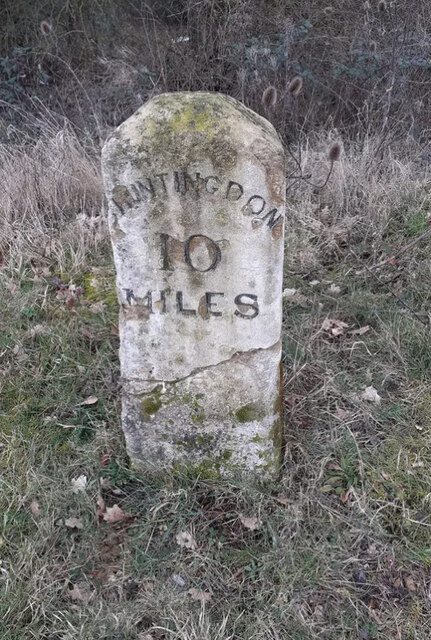


Molesworth is located at Grid Ref: TL0776 (Lat: 52.371819, Lng: -0.42607)
Administrative County: Cambridgeshire
District: Huntingdonshire
Police Authority: Cambridgeshire
What 3 Words
///berated.sloping.signed. Near Raunds, Northamptonshire
Nearby Locations
Related Wikis
Molesworth, Cambridgeshire
Molesworth is a village and former civil parish, now in the parish of Brington and Molesworth in Cambridgeshire, England. Molesworth is 10 miles (16 km...
Bythorn and Keyston
Bythorn and Keyston is a civil parish in the Huntingdonshire district of Cambridgeshire, England. According to the 2001 census the parish had a population...
Bythorn
Bythorn is a village and former civil parish, now in the parish of Bythorn and Keyston, in Cambridgeshire, England. Bythorn lies approximately 11 miles...
Brington, Cambridgeshire
Brington is a village and former civil parish, now in the parish of Brington and Molesworth, in Cambridgeshire, England. Brington lies approximately 9...
RAF Molesworth
Royal Air Force Molesworth or more simply RAF Molesworth is a Royal Air Force station located near Molesworth, Cambridgeshire, England with a history dating...
Catworth
Catworth is a village and civil parish in Cambridgeshire, England. Catworth lies approximately 9 miles (14 km) west of Huntingdon. The civil parish covers...
Old Weston
Old Weston – in Huntingdonshire (now part of Cambridgeshire), England – is a village near Molesworth west of Huntingdon.In 1870–1872, John Wilson, who...
Keyston
Keyston is a village and former civil parish, now in the parish of Bythorn and Keyston, in Cambridgeshire, England. Keyston lies approximately 12 miles...
Nearby Amenities
Located within 500m of 52.371819,-0.42607Have you been to Molesworth?
Leave your review of Molesworth below (or comments, questions and feedback).
